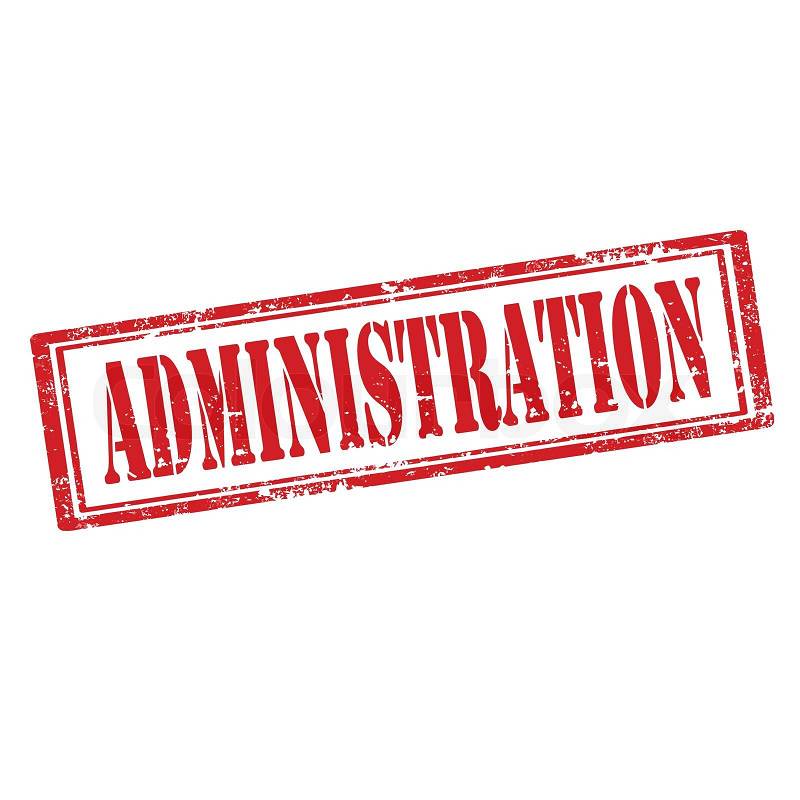There can be no administration without organisation. “Organization is the basic tool by means of which the administrative process is kept operating.” The term organization is derived from the word ‘organicism’ which means an organised body of interdependent parts sharing common activity.
Organisation is the form of every human association for the attainment of a common purpose. ‘By organisation we mean planned system of cooperative effort in which each participant has a recognized role to play and duties and tasks to perform.
“Organisation is the formal structure of authority through which work sub-divisions are arranged, defined and coordinated for the defined objective.” Organization is concerned with the patterns of relationship between persons in an enterprise, so constructed as to fulfill the enterprisers function. Pfiffner says “Organization consists of the relationship of individual to individuals and of group to group which are so related to bring about an orderly division of labour.
ADVERTISEMENTS:
Organization is the arrangement of personnel for facilitating the accomplishment of agreed purpose through allocation of functions and responsibilities. Organisation is a system of consciously coordinated activities of two or more persons. Organisation is the relating of efforts and capacities of individuals and group engaged upon a common task in such a way as to secure a desired objective with the least friction and the most satisfaction for whom the task is done and those engaged in the enterprise.
The term organisation connotes different things to different people. It is used in three different senses that is the act of designing the administrative structure, both designing and building of administrative structure and the administrative structure itself. These three views represent a mechanistic (structural) view in the sense that they do not convey the idea of human relationships (informal relations). However, an organisation is both a structure and a set of human relationships.
An organisation has three primary elements viz., persons, combined efforts and common purpose. Thus, ‘The elements of organisation are common purpose, communication and willingness to serve.
ADVERTISEMENTS:
The major functions of an organization is dividing work among members, formulating standard practices, providing a communication system, transmitting decisions and training the members. Bases of Organization
Purpose:
There should be a purpose or function of an organisation. Purpose means function. The organisation based on the purpose (function) are; Defence Department Health Department, Labour Department Human Resource and Development Department. The merits of organization based on purpose (function) are:
(a) It gives coherent mission to organisation.
ADVERTISEMENTS:
(b) It eliminate overlapping and duplication of work.
(c) It facilitates development of coordinated policies.
(d) It enables the fixation of responsibility for failures.
(e) It is easily intelligible to the common.
The demerits of purpose based organisation are:
(i) It neglects the subordinate type of work.
(ii) It ignores latest technologies.
(iii) It leads to departmentalism in thinking.
Process Based Organisation:
When technique or specialised skills is used by the organisations then such organisations are process based organisations. Space Department, Law Department, Ocean Department, Electronics Department are process based organizations. The merits of process organizations are:
It facilitates the maximum amount of specialisation.
It makes sure the maximum utilisation of up-to-date skill.
It secures economy due to maximum use of labour-saving machinery.
It encourages coordination in technical work.
It is conducive to the development of career service.
The demerits of process based organization are:
(i) It is of limited use as it can not be applied in non-technical activities.
(ii) It gives more importance to the means than to the ends.
(iii) It develops professional arrogance and leads to conflicts.
(iv)It neglects the series of generalist administrators.
Persons-Based Organisation:
It means the group of people (clientele) served by the organisation. The persons based organisations are: Rehabilitation Department, Tribal Welfare Department, and Women Welfare Department etc.
The merits of clientele based organisation are responsible for all the needs of a group.
(ii) It facilitates coordination of different services provided for the beneficiares.
(iii) It establishes close relationship between the target group and organisation. It enables wholistic approach to problems. The demerits of clientele organisation are: it leads to the creation of large number of small departments. It creates jurisdictional disputes between departments. It violates the principle of specialisation due to multi-functional characters. It makes organization vulnerable to improper influences of pressure groups.
Based Organisation Place:
It means the territory covered by the organisation. Organisation for instance based on territorial area is External Affairs Department and territorial division within it. Damodar valley Corporation, The merits of place principle are. It facilitates coordination of different services provided a specified area; it allows the adaptation of national policies to the needs of areas concerned. It is suitable in cases of long distance and communication difficulties. It secures economy due to reduction in travel and communication cost.
The demerits of place principle are; it is counter to uniformity in the administration of national policies; it fosters localism at the cost of national outlook and solidarity; it violates the principle of specialisation due to multifunctional character; it makes organisation vulnerable to improper influences of regional interests and pressure groups.

